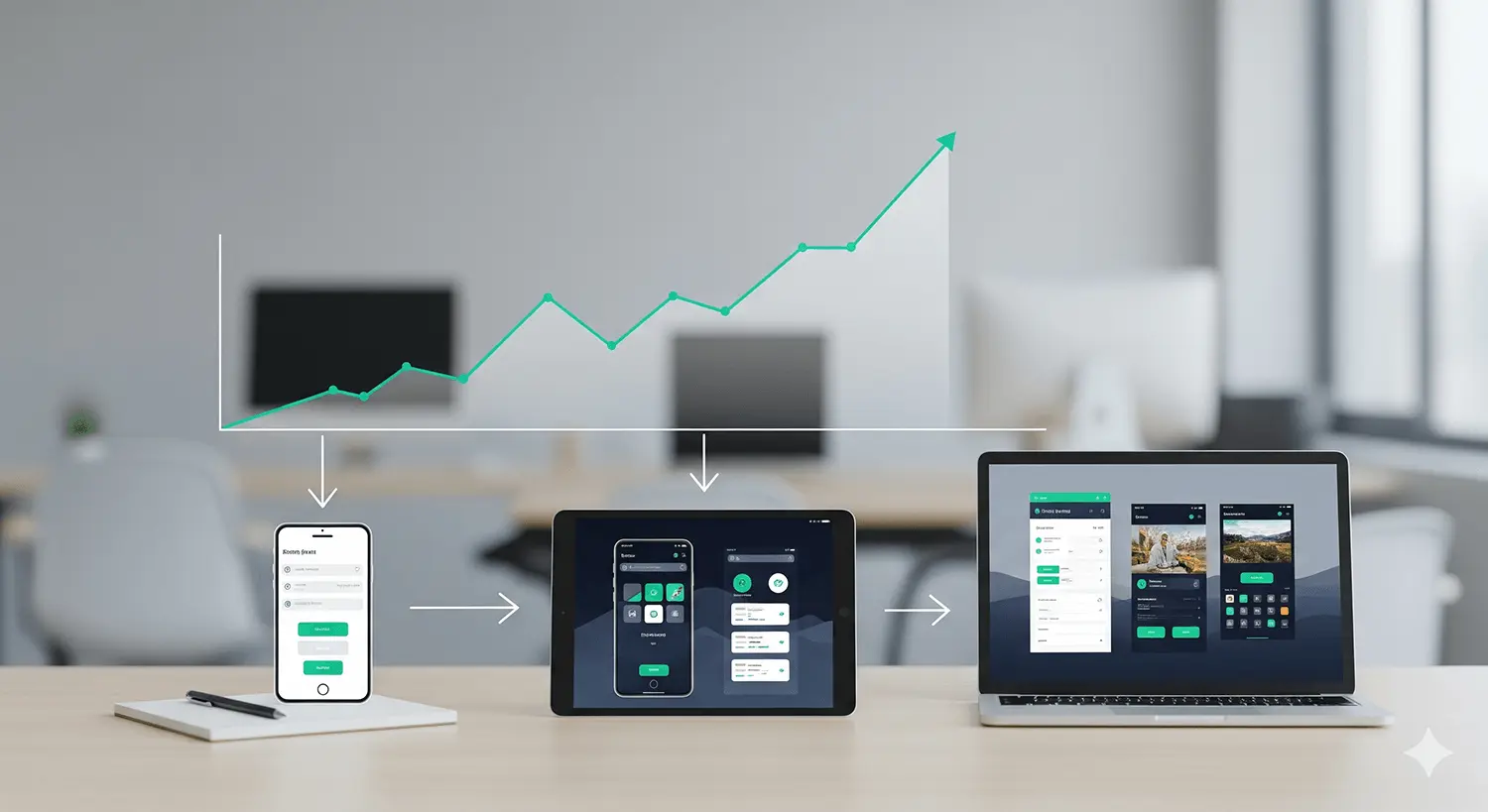
May 06, 2025
Launching a startup can be overwhelming, especially when you’re trying to transform an idea into a product. That’s where a Minimum Viable Product (MVP) comes in. In this guide, we’ll walk you through 10 proven steps to build a successful MVP, helping you validate your app idea, save money, and scale effectively.
Step 1: Define the Problem Clearly
Startups fail when they build products nobody needs. Define the core problem your product solves and ensure it addresses a real pain point.
- Ask the right questions
What exact problem am I solving? Who faces this problem most frequently?
Step 2: Identify Your Target Audience
Pinpoint who will benefit from your MVP. Understanding your audience ensures your solution is focused and effective.
- Define user personas
Build profiles of your ideal customers to better align your MVP with their needs.
Step 3: Research the Market
Analyze competitors, industry trends, and customer feedback. Market research helps validate whether your solution has demand.
- Use surveys & interviews
Talk to potential users to confirm if your solution addresses their pain points.
Step 4: Define Core Features
List all possible features, then prioritize only the essentials. Your MVP should solve the problem with minimal complexity.
- Prioritize must-have features
Focus only on features that directly solve the core problem.
Step 5: Create User Flows & Wireframes
Map how users will interact with your MVP. Wireframes and flows help visualize functionality before investing in development.
- Sketch user journeys
Visualize each step a user takes to achieve their goal with your app.
Step 6: Choose the Right Tech Stack
Select technologies that balance speed, scalability, and cost. The right stack ensures your MVP can evolve into a full product.
- Select scalable tools
Choose frameworks that allow your MVP to evolve without heavy rework.
Step 7: Build an Interactive Prototype
Prototyping helps gather user feedback without writing extensive code. Tools like Figma or InVision make this process efficient.
- Build a clickable prototype
Use design tools to simulate app functionality before development.
Step 8: Develop Your MVP
With validated assumptions and prototype insights, start development. Focus only on delivering the essential features.
- Agile methodology
Break development into small sprints for faster testing and iteration.
Step 9: Test with Real Users
Beta testing ensures you collect real-world feedback. Observe how users interact with your MVP and note areas for improvement.
- Gather real-world data
Track usability, engagement, and customer satisfaction metrics.
Step 10: Measure, Learn, and Iterate
Use analytics and feedback to improve your MVP. Successful startups refine their product continuously based on user needs.
- Continuous improvement
Use analytics and feedback loops to refine your MVP for market fit.
